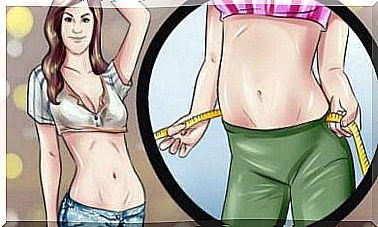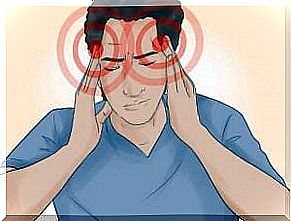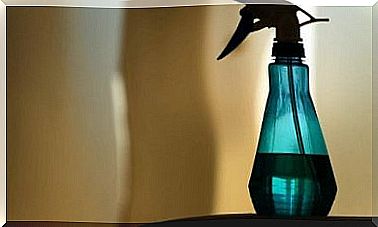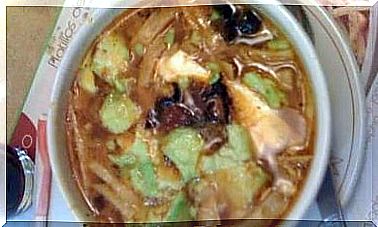Symptoms And Diagnosis Of Tennis Elbow
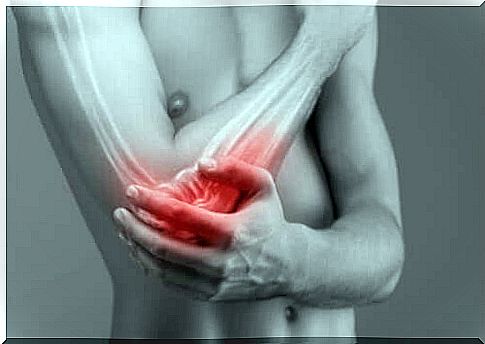
Epicondylitis, commonly known as tennis elbow, is inflammation of the epicondyle tendons. These are the ligaments that connect the musculature of the forearm and hand to the lateral epicondyle of the humerus, on the outside of the elbow.
The inflammation is caused by microtrauma from muscle overload. Keep reading to learn more about the symptoms and diagnosis of tennis elbow.
It is a common condition in sports, hence the name, as well as in the workplace. In fact, there are professions with a greater tendency to incur this injury from the repetition of specific gestures.
This is the case in factories, office work with a computer, painting, or any activity that puts undue strain on the musculature that controls hand movements.
Symptoms of Tennis Elbow
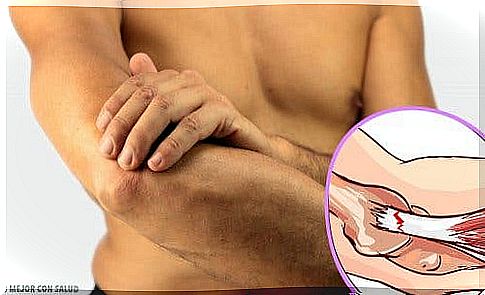
The symptoms of epicondylitis (Spanish link) appear gradually. In general, patients usually notice pain on the outside of the elbow and this pain can extend to the forearm.
You may feel discomfort when you grab objects, move your fingers, twist your wrist, and press the affected area at the points where the muscle joins the ligament. In addition, it can cause a lack of strength in the forearm.
Diagnosis of tennis elbow
It is extremely important to properly diagnose the cause of the elbow pain in order to carry out the correct treatment. There are several conditions that can have similar symptoms and lead to confusion.
Treatment-resistant epicondylitis, due to confusion in diagnosis (Spanish link), is usually due to the posterior interosseous nerve becoming trapped in the lateral area of the elbow. Following are some conditions that report pain similar to that caused by tennis elbow:
- Neuropathy caused by compression of the radial nerve.
- Osteochondritis of the radiohumeral joint.
- Pain in the surrounding muscles, although not directly in the area where you feel pain, may cause discomfort.
- Changes in the head of the radius, located on the outside of the elbow.
To properly diagnose tennis elbow, your doctor should follow these protocols:
Patient’s medical history

- Visual examination: The doctor will first of all conduct a comprehensive examination of the physical appearance of the affected area. He will look for, for example, signs of inflammation, changes in the skin, abnormalities in the alignment of the joints, and so on.
- The doctor will locate the epicondyle and then apply pressure to check if the patient feels pain in that specific area.
- Varus Elbow Stress Test: Force is applied to the elbow, causing the distal plane to move toward the midline of the body. The test will be positive if the patient reports discomfort.
- Pain when you stretch the fingers with resistance.
- Examination of the mobility of the elbow and head of the radius, cervical spine and the entire shoulder joint system.
- Gathering information about the patient’s daily activities that may also affect the condition. Account should also be taken of any medications the patient has recently taken.
Pronation and supination
It is important to understand the concept of forearm pronation and supination in order to understand the following tests.
Supination is the lateral rotation of the forearm and hand. The palm of the hand is facing up with the thumb out. Pronation is the medial rotation of the forearm and hand. In this case, the palm of the hand is facing down with the thumb inward.
Mill’s Maneuver
In this test, the patient remains seated with the arm slightly rotated, with dorsiflexion of the hand and flexion of the elbow. The physical therapist places one hand on the elbow and the other on the side of the forearm.
The patient will be asked to attempt supination of the forearm (turning the forearm and hand up) against the resistance of the physician’s hand. If the patient feels pain when performing this action, it is likely a case of tennis elbow.
chair test
The patient is asked to lift a chair in two different ways. When the patient holds the chair with the pronated hand and elbow extended, he will feel pain. However, there will be no discomfort if you grab it with the supinated hand.
If the above examination does not allow the doctor to diagnose tennis elbow, other additional tests are performed:
- Analytical, to exclude the existence of uric acid crystals in the joint caused by hyperuricemia.
- Electromyography, to rule out nerve compression syndromes.
- Radiology and additional tests.
